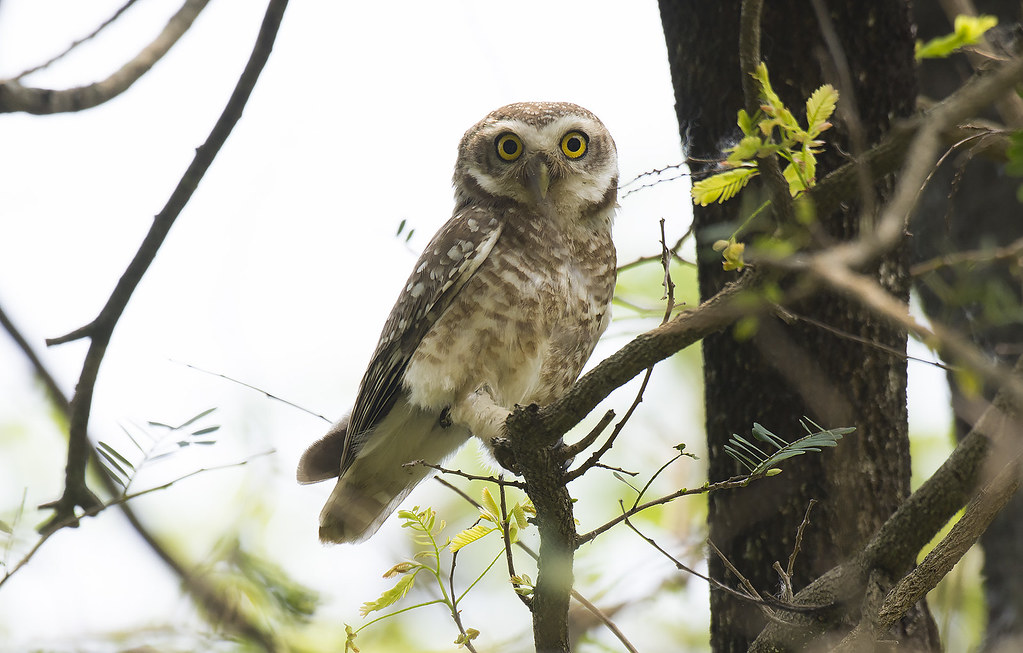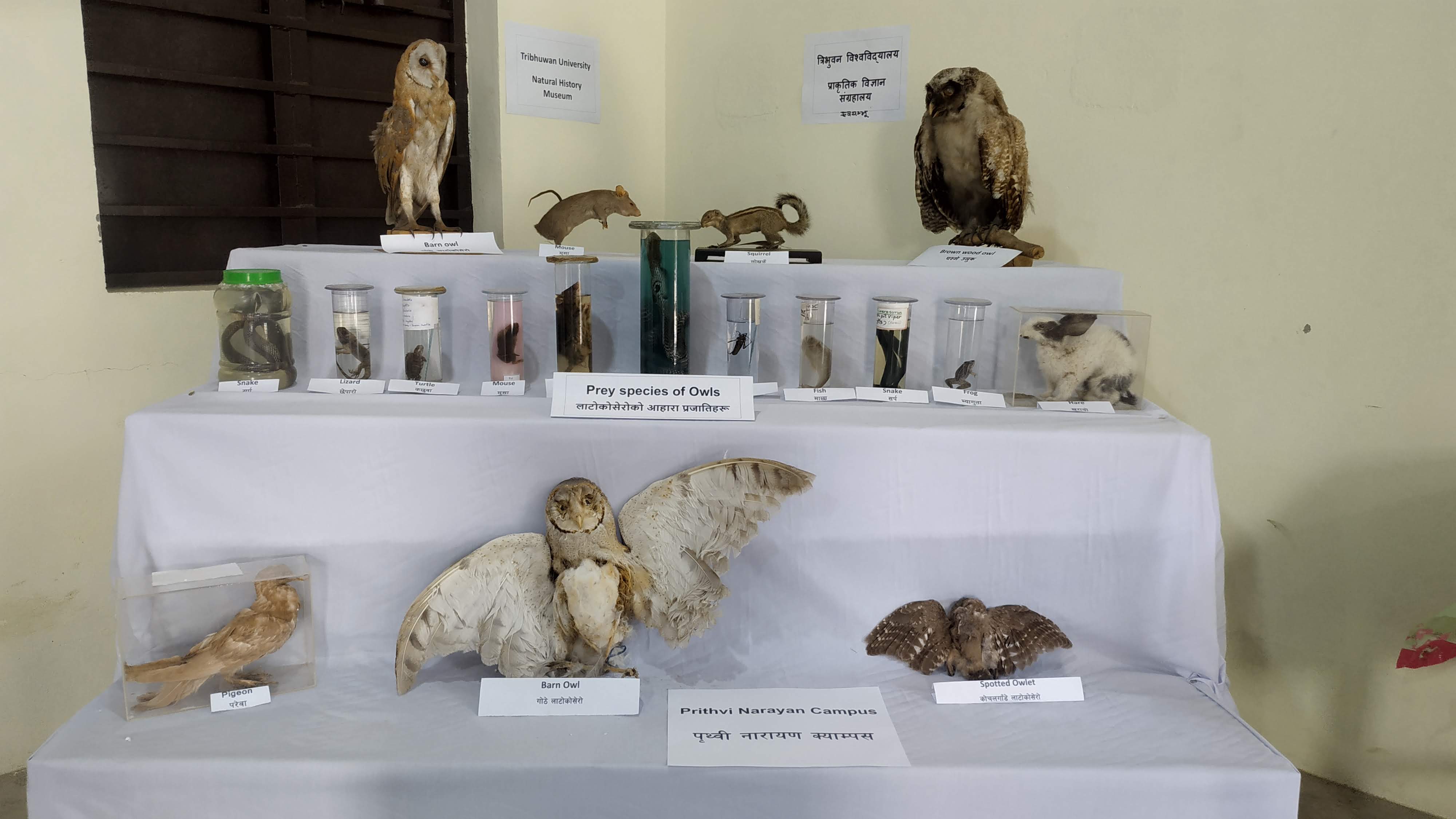
Police arresting people with a poached wild animal and their body parts is no more news in Nepal–for they happen too frequently. However, perhaps a very few Nepalis have heard that owls are also smuggled from the country.
Experts say owl smuggling is also a significant problem in the field of wildlife conservation in Nepal, which needs immediate attention. Besides apparent commercial reasons, there are some interesting cultural factors that contribute to the illegal trade.
The misunderstood creatures
Owls are known in Nepali as latokosero, ullu, or huchil among other names. There are 23 species of owls in Nepal. Owls are silent hunters with binocular visions and highly sensitive hearings. Owls, being the apex predators, hunt and feed upon rats, snakes, amphibians, fish and many more.
Most of the owls are nocturnal in nature (they sleep during the daytime and hunt at night), hence they are hard to spot. It might be possible that you may have only heard an owl’s hooting while around the time you go to bed.
Raju Acharya, the Executive Director at Friends of Nature, says owls are the misunderstood creatures and hence preyed. He informs that some people believe that owls have medicinal value. This is the first reason why the smugglers and poachers eye the owls.

Acharya, who has worked in the field of owl conservation and research, further states that the owls are considered to be a messenger of the evil forces in some communities. In contrast, most of the Hindus consider them as vahanas (vehicles) of Laxmi, the goddess of wealth and prosperity. “This is another reason why they are captured and smuggled to India,” he says, adding many Indians would put owls in captivity and kill them on the day of Laxmi Puja every autumn in the belief that the Goddess of Wealth should not leave their house without her vahana.
Acharya estimates that approximately 2,000 owls are smuggled out of the country every year. He believes the illegal market extends further to the Middle East where each owl can be sold in price as high as Rs 500,000.
Manshanta Ghimire, an ornithologist and President of Pokhara Bird Society, informs that many of the owls are illegally smuggled to Wuhan of China, the epicentre of the novel coronavirus epidemic nowadays, dead or alive. Ghimire says the illicit trade continues as various body parts of the animal are used to make medicines and to ferment alcohol. The owls are also domesticated in many parts of the world, he says. “Many people capture owls as their hobby. They are caged in such a manner that they cannot even fly or look for food themselves.”
Alarming apathy
Despite the intensity of the problem, the issue has not been considered serious by the concerned stakeholders, alleges Karan Bahadur Shah, a veteran zoologist of the country. Although Nepal has a strong policy on wildlife conservation, Shah insists that such policy benefits only if it is effectively implemented. “If it was another animal of high value,” he laments, “such news about the smuggling or threat would be presented very sensationally.”
According to Owls of Nepal, a book published by Friends of Nature, while most of the owl species found in Nepal are listed in the least Concern categories in IUCN Red List, many of the species are enlisted as endangered or critical in Nepal’s National Red List of Birds. Acharya states that the numbers of owls are decreasing day by day due to hunting, capturing and smuggling. Similarly, they are losing their safe habitats owing to increasing deforestation.
“Owls are actually very helpful friends for farmers,” says Acharya. “These creatures hunt rats of our fields during the night time. But people destroy their nests, believing that they bring evil. We are unknowingly creating an imbalance in our ecosystem.”
Conserving the owls
Wildlife conservationists are actively working on minimising the hunting and smuggling of owls as well as spreading awareness in general public about the importance of the predatory birds. For example, Nepal Owl Festival is celebrated every year on the first weekend of February to make the public aware of the situation of owls in the country and their importance in the ecosystem. Nepal is one of the four countries in the world to host such events for the conservation of owls.

This year, the Ninth Owl Festival was organised at Rangbhang, Bhaisegauda in Syangja district of Gandaki province on February 7-8. Organised by Friends of Nature, Rangbhang Club and Millenium Trek Management Committee, the event was a blend of nature and culture. The event promoted the idea of owl conservation by showcasing the local culture and traditions.
The event also included a temporary owl museum, awards for the people contributing to the conservation of nature, presentation of wildlife research findings, and bird watching among others. The locals performed traditional dances and games, hoping the village would attract domestic and foreign tourists during the Visit Nepal Year 2020.


















